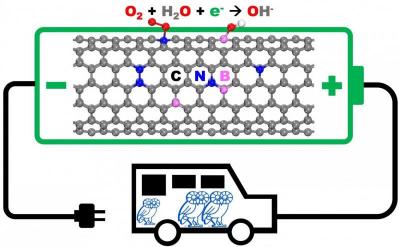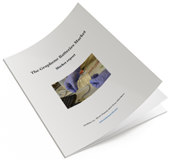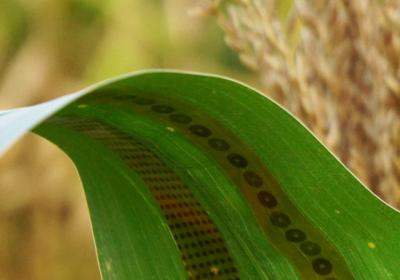Researchers from the Pierre Aigrain Laboratory in the ENS Physics department in Paris, France, have discovered a new cooling mechanism for electronic components made of graphene deposited on boron nitride. The efficiency of this mechanism reportedly allowed the team to reach electric intensities at the intrinsic limit of the laws of conduction.
 Current-voltage (left) and temperature-voltage (right) characteristics of a graphene on boron nitride transistor. The transistor effect is visible by modulation of the current as a function of the gate voltage in the Zener-Klein tunnel transport regime.
Current-voltage (left) and temperature-voltage (right) characteristics of a graphene on boron nitride transistor. The transistor effect is visible by modulation of the current as a function of the gate voltage in the Zener-Klein tunnel transport regime.
Heat dissipation is vital in order to prevent deterioration or destruction of electronic components. The laws of physics dictate that increasing the density of components on a chipset implies increasing dissipation and thus heat. Nowadays, with the advances in 2D material devices, this question becomes particularly critical since components are required to be one atom thick. By producing a graphene-based transistor deposited on a boron nitride substrate, the team demonstrated a new cooling mechanism 10 times more efficient than basic heat diffusion. This new mechanism, which exploits the two-dimensional nature of the materials opens a "thermal bridge" between the graphene sheet and the substrate.
 Gnanomat, a Spain-based company that designs and develops graphene-based nanomaterials for energy storage devices, recently opened new laboratories and pilot plant.
Gnanomat, a Spain-based company that designs and develops graphene-based nanomaterials for energy storage devices, recently opened new laboratories and pilot plant.






